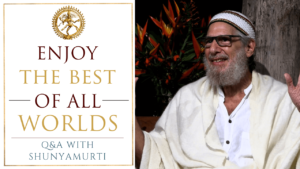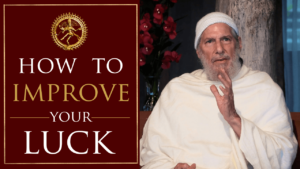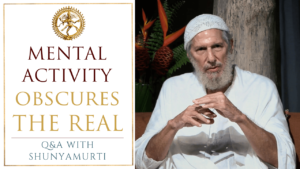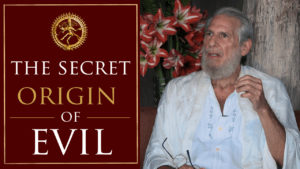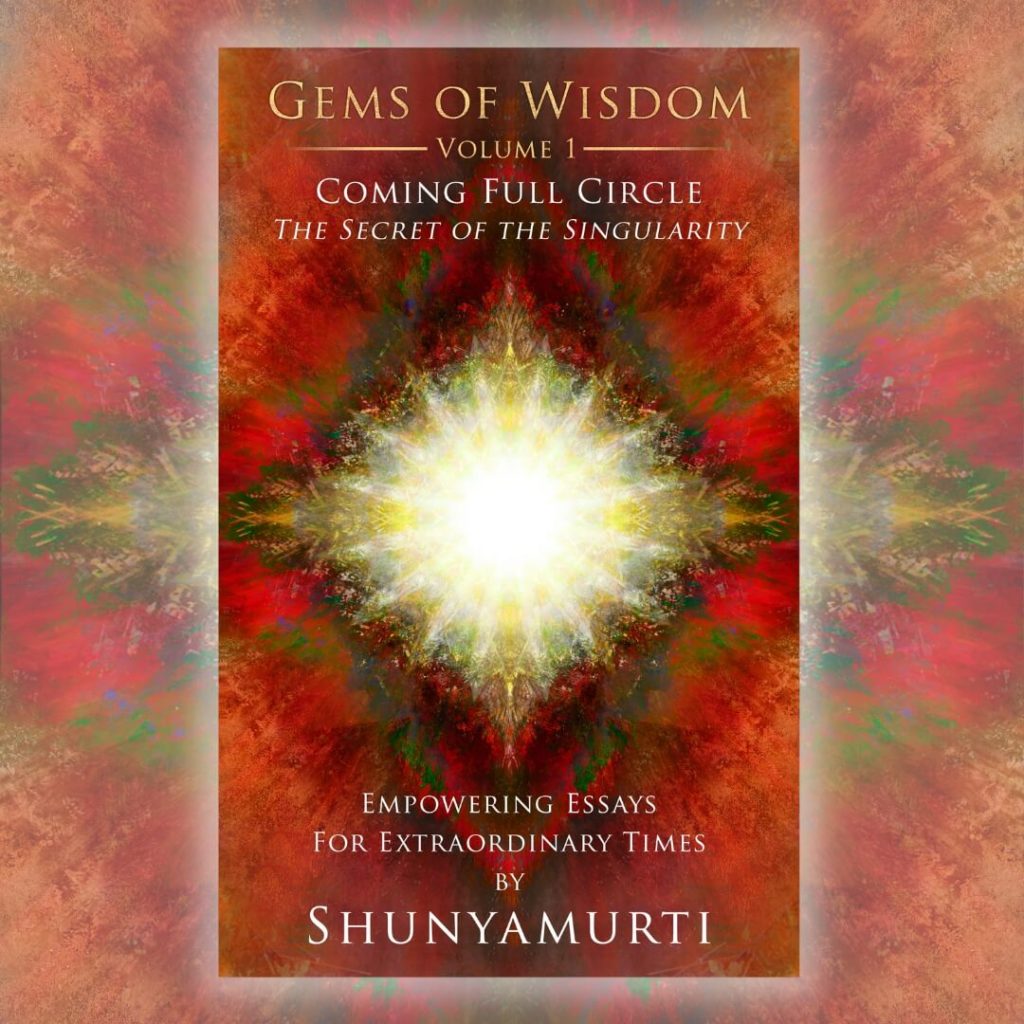From Radha Ma’s inspirational new book, Radha Ma’s Recipes for a New Sat Renaissance, we offer you the exquisite recipe for the Classic Egg Salad.
-
8 large eggs
-
2 long celery ribs from the inner heart, including the leaves
-
1 whole scallion
-
about 10 hamburger dill chips (sliced sandwich pickles), finely chopped
-
¼ cup pickle juice
-
⅓ cup olive oil mayonnaise
-
¼ cup Dijon mustard
-
¼ cup extra-virgin olive oil
-
squeeze of fresh lime juice
-
pinch of pink Himalayan salt
garnish:
-
2 tablespoons chopped fresh dill fronds
-
1 teaspoon cracked black pepper
For beautiful hard-boiled eggs: boil about 8 cups of water in a medium pot. When water has boiled, add in the eggs, one by one with a spotted spoon, gently placing them into the pot. Boil for 15 minutes. Using an oven mitt, bring the pot of eggs and boiled water to the sink and drain off the boiling water, leaving the eggs in the pot. Rinse the eggs under cold water, shaking the pot to crack the eggs open against the sides of the metal.
Place the pot in the sink, and once eggs are cool enough to touch, peel immediately under cold running water. Make sure you gently lift the paper like skin against the egg, to be able to remove easily the rest of the shell. You do this by first finding the most open crack in the egg, gently opening up the shell, and finding the membrane underneath.
Let the eggs cool and preferably chill for a few hours.
In the meantime, wash and dry the celery ribs. Using a carrot peeler, gently run the peeler along the back-side of the celery rib to remove the “strings”. Chop finely, to create thin half-moons. Place in a medium mixing bowl.
Clean the scallion, and slice into thin rounds. Add to the celery.
Once the eggs are cool, cut each egg in quarters, length-wise. Then chop each egg a few times gently with a knife. Don’t mash the egg with the knife. Add in to the mixing bowl, along with the hamburger dill chips, pickle juice, olive oil mayonnaise, Dijon mustard, extra-virgin olive oil, lime juice, and pink Himalayan salt. Once all the ingredients are in the mixing bowl, but not before, stir to combine all the ingredients together. Do not over-mix. Chill the salad overnight.
When ready to serve, add in the dill fronds and the ground black pepper.
What is a renaissance recipe?
It is the embodiment of joy and the art of celebration. It offers intensity, signifiers of culture, human traditions, of bonding with goodness, with the life drive, with the grace of giving.
Radha Ma is the General Music Director at the Sat Yoga Ashram, its first clinical atmanologist, as well as the ashram Study Group Director. She was born in San Francisco and raised into psycho- spiritual adulthood under Shunyamurti’s guidance in her 20s and 30s.
She is currently writing her second cookbook, Tropical Renaissance, for her Costa Rican audience, and is in the process of composing her first opera.





